5. BPM (Beats Per Minute) (2017) – Robin Campillo
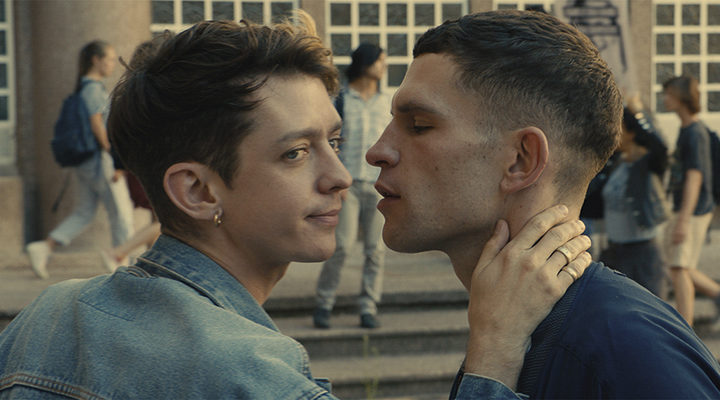
There comes a point in the film where the title is referenced about one of the leads, living life more intensely and to the fullest desire being inflicted with AIDS during its epidemic in 1990’s Paris. With this touching scene, Campillo crafts his film about passionate activists fighting for AIDS awareness and cures, while battling their own lives and morality.
With a documentary-like approach for its always mobile camera, it’s not afraid to take its time with the characters and truly get to know them. We see their desires, doubts, fears, losses, loves, and all the human emotions spilled in their fight.
Campillo balances characters amidst his political and social fight in this film, much of which are based on his own experiences in ACT UP in the 1990s. Therefore, we see a community on screen that we’ve never seen before and it doesn’t falsely portray it in any way. Much like the passionate characters and director, the film delivers in his political and social urgency and passion on the fighting yet dying characters. Thus in the end, the beats per minute is more intensely lived, much like the duration of this film and long after it has ended.
4. Things to Come (2016) – Mia Hansen Love
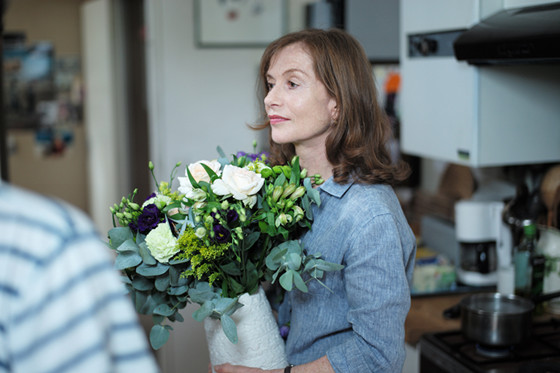
Throughout the decade, Love gave us “Goodbye First Love” and “Eden” but her collaboration with Isabelle Huppert stapled her as one of the best contemporary French filmmakers.
Huppert plays a woman approaching the latter years of her life alone after her husband leaves her. The film is composed of the smallest moments of life, death, and everything in-between without losing humor and insight in Love’s acclaimed film.
The film manages to capture the scenes that shouldn’t exist in a film; it’s all the mundane and minimal routines that occupy our lives, but somehow Love finds the poetry and observant power of it. The film lies on Huppert who never ceases to give a heartfelt, sometimes funny, and true nature to a woman in a transition in her life. The cathartic subtleness of Huppert comes from the smallest moments and observations, such as her bond or lack thereof with her mother’s cat, the philosophical relationship with a former student, and long walks in the countryside.
Love has always showed the passage of time with a subtle, contained performance filled with humanity, and Huppert simply soared it to new heights in a pure, romantic film combination for years to come.
3. Holy Motors (2012) – Leos Carax
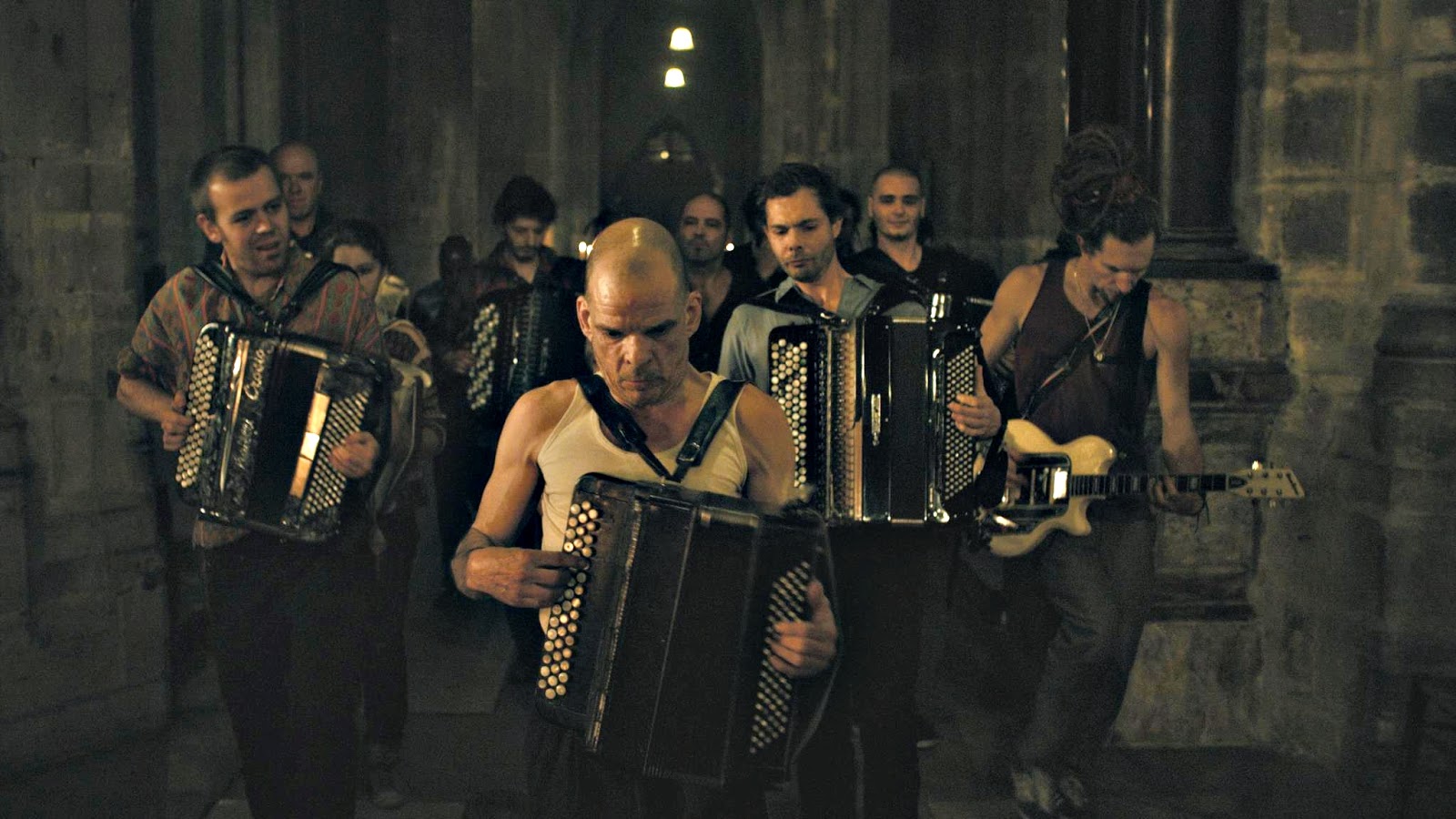
After a 13-year film gap, Carax exploded back with his fantasy surrealist film commenting on so many themes and levels, and audiences are still discussing it. Mainly argued as a commentary on the current state of cinema, Carax used chameleon Denis Lavant to explore many known worlds across Paris in a day.
Lavant goes from being a beggar to a motion-captured creature to a band-leading accordionist, to a dying old man. With each new encounter where we must simply marvel at the imagery, sounds, and performances, we start to gain an emotional reaction to the film instead of a pure cinematic experience.
For example, Lavant plays a dying old man and is comforted by Elise L’Homeau, who plays Lea, an assumed niece or close relative as she refers to him as ‘uncle’. What makes the scene so moving is that Lavant’s character, not of the dying old man, is moved but he is moved himself. The two begin to talk as true humans, not as actors. Lea reveals herself to be Elise and the two share a true moment of connection in the midst of constantly performing for the unknown or nonbearing spectators, a touch Carax was doing with film.
The scene shows the most humane side of the ‘actors’ literally ‘performing’ in the film. It brings us to the themes Carax is accomplishing and it is done through Lavant and L’Homeau’s touching break from their own ‘performances’. And this is just one segment from Carax’s unclassifiable exploration of modern-day cinema.
2. Blue is the Warmest Color (2013) – Abdellatif Kechiche
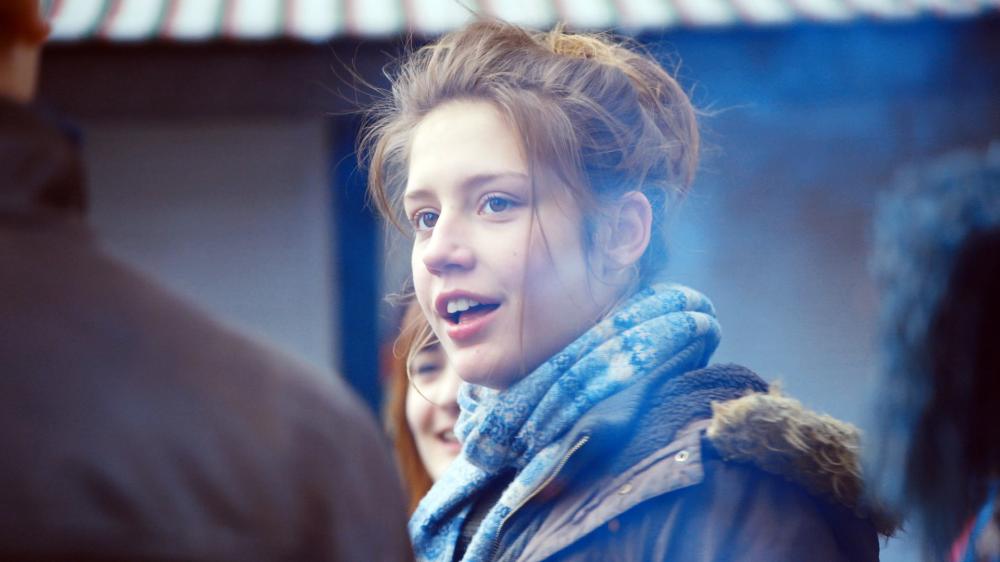
Despite all of the negative behind-the-scenes stories, Kechiche, Lea Seyoux and Adele Exarchopoulos crafted a film that Maurice Pialat and John Cassavetes applauded in the aisle. The film follows these two young women as they fall in and out of love in their adult lives.
Ranging from dance scenes, family dinners, explicit sexuality, and street meetings, the film truly follows the characters of Emma and Adele’s lives. Though some believe the film strictly explores a lesbian relationship, it’s truly about two woman coming of age and terms with their lives and entering a life-changing personal relationship at the highest regard. There are no moments that don’t feel real, which leaves any audience member completely drained of all emotion at the end of the film, in the best possible way.
Kechiche shoots well over his three-hour film, rumored to be in the 700 hours of footage. Regardless, this allowed the two leads to truly inhabit their characters to the point of shedding themselves completely. Sure, French cinema can attain real gut-wrenching emotions and stories on love, but with “Blue,” we entered a world so personal and frank that it’s a miracle we got to witness it at all.
1. Amour (2012) – Michael Haneke
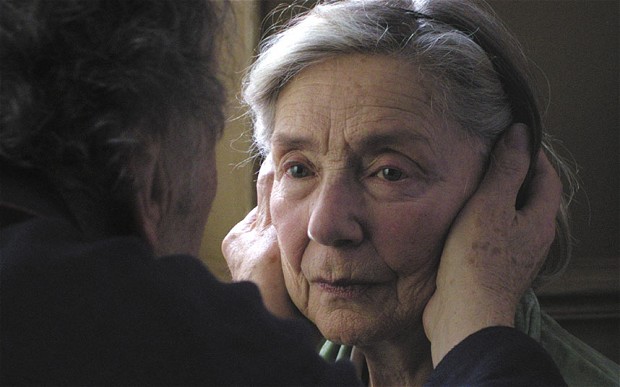
The Austrian director Michael Haneke is no stranger to French cinema, and here is his late love testament in this film. We see how two French screen legends, Jean-Louis Trintignant and Emmanuelle Riva, as a couple dealing with sudden illness that pushes their love to the test.
The film is shot in pure Haneke style with the audience receiving a minimalist approach, but containing large amounts of depth in long takes and scenes. As a retired music teacher who is now slowly dying, Riva examines her relationship with her husband.
In the most transcendent type scenes of staring into her husband’s eyes, receiving a slap, or calling her partner a monster, we somehow add images to what could have occurred. She manages to tell story after story in her eyes and face, all while sitting and eventually dying in her bed. Trintignant equally manages to provide introspection and contemplation through his body language, degrading lifestyle, and eyes.
Trintignant, Riva, and Haneke brought so much of their long-acclaimed careers to this film. We never once not feel something for this couple; we simply marvel at their choices in the last stages of their lives.